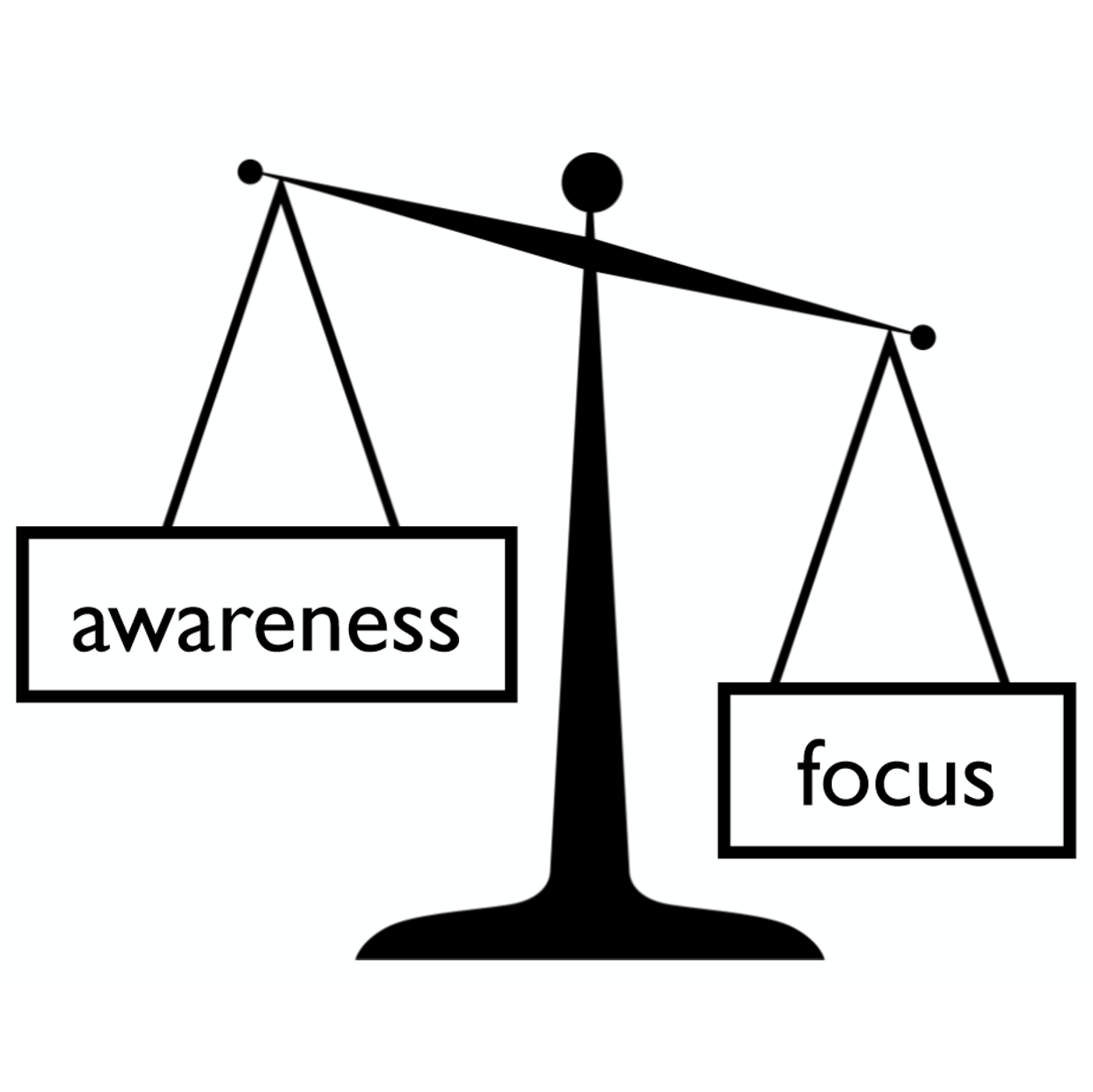There's more to metabolism than glucose and ATP
/In grade school, you probably learned that cells make energy through special signaling pathways in the mitochondria. New research, however, suggests that not all cells in the body may use the same strategies when it comes to metabolism. Your brain is one of the energy-hungriest organs in the body - how exactly do its cells generate enough power to keep you upright and functioning?
Read More









